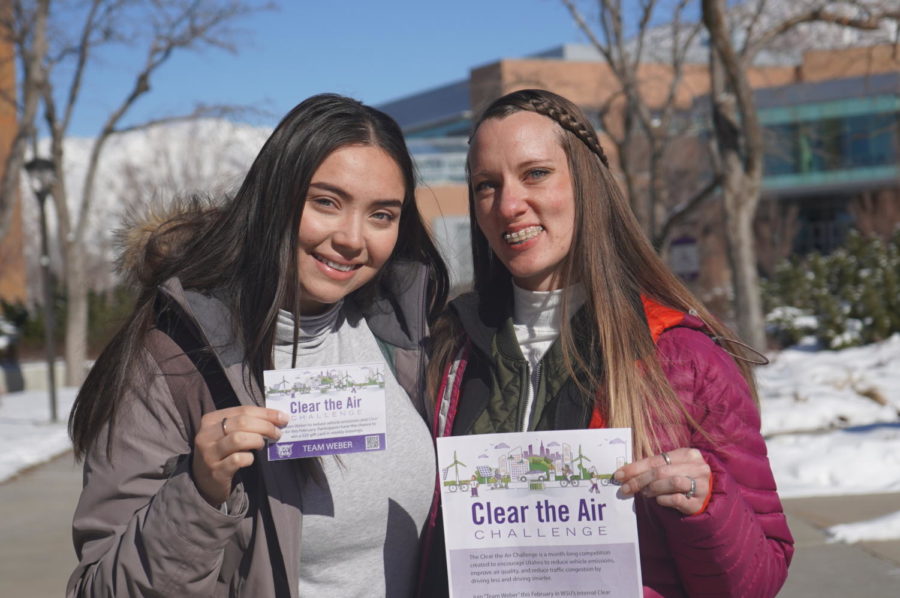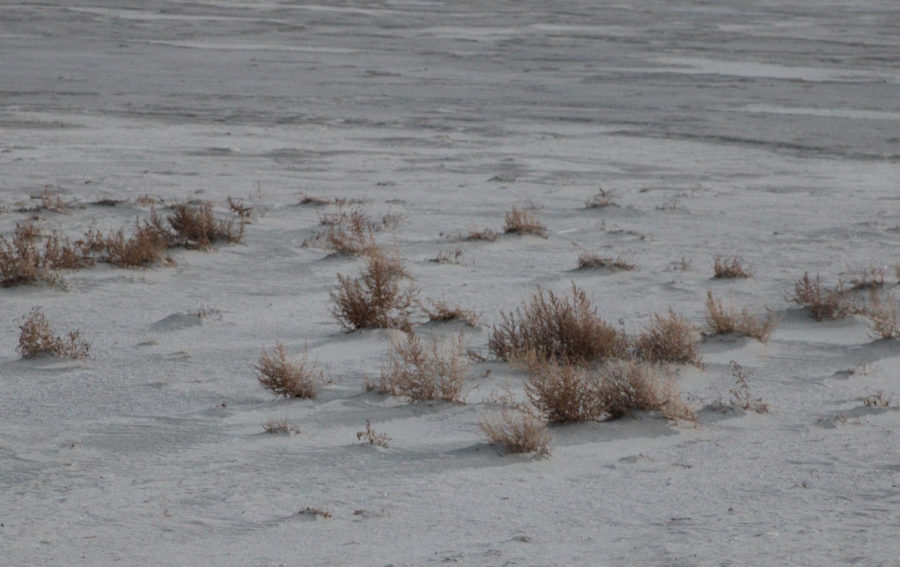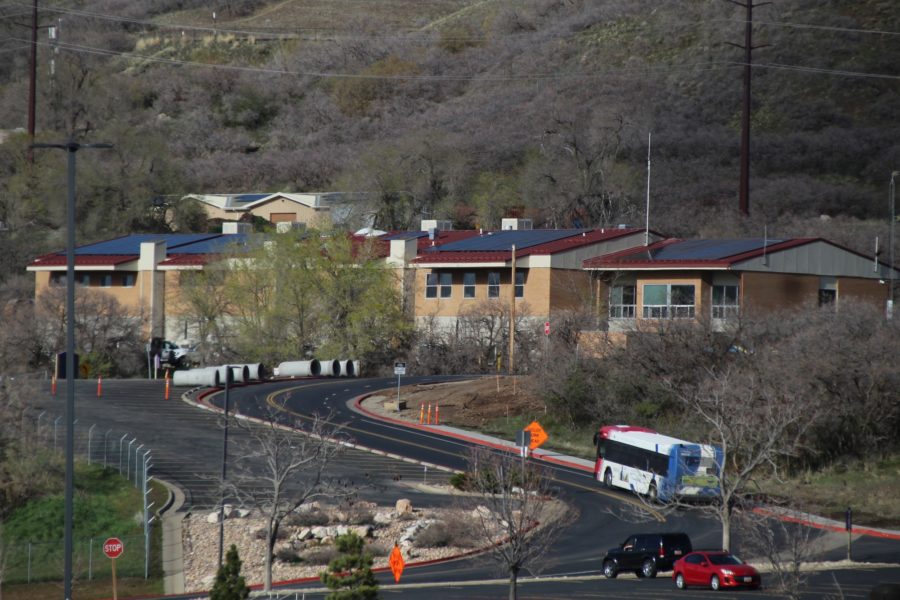The Great Salt Lake is drying up, and it’s only going to get lower as more and more people move to Utah. This was discussed in a public forum by Weber State’s Walker Institute on March 23 in a Zoom conference.

“At any one time, the lake is around 11 feet lower than it would be if nobody was doing anything to any rivers running to the lake,” Tage Flint the general manager/CEO of the Weber Basin Water Conservancy District said.
Three rivers feed into the Great Salt Lake: the Bear River, Weber River and Jordan River. These rivers not only fill the Great Salt Lake but are used to provide water to communities for “agriculture, irrigation, municipal and industrial uses, power generation and recreation,” according to the Bear River Watershed Information System.
“The lights are going out on the Great Salt Lake,” WSU professor of sociology Carla Trentleman said during the forum.
Trentleman noted that the lake is already experiencing historic low levels, and that’s not including the population growth or climate change.
“We’re just over 3 million folks in the state, with the projection of it growing much higher, nearing 6 million by 2060,” Flint said.
With the lake drying up, representatives for the Great Salt Lake are trying to raise awareness for the reasons behind it.

“The spoiler alert is that there really are no silver bullet solutions for the Great Salt Lake,” 18th District Utah House Rep. Tim Hawkes said.
Hawkes pointed out that there are other political factors that are causing the lake to dry up as well.
The lake water is being allocated in a way that prevents the lake from drying up and there are no laws that prevent people from taking ownership of the water.
This could prove potentially devastating to the lake if people took the water that they claimed from the lake.
Another factor against the lake, as pointed out by Hawkes, is the government agencies over the different parts of the lake and the cities along the borders of the lake, have no desire to work with each other.
This results in the agencies and cities using the lake for their needs rather than working together toward the needs of the lake.

“We’re going to have to be careful to be sure that we mitigate and do not impact the Great Salt Lake any further than it already has,” Flint said.
Flint said that unlike in the past, water managers in Northern Utah are now regularly keeping an eye on the Salt Lake so that there are no further negative impacts to it.
In order to keep the lake healthy, Utah water managers are trying to implement new ways to reuse water, but the planning is still ongoing.

Hawkes said that fortunately, things are starting to look good for the lake. Policies have changed in the last year that will benefit the lake with the recommended state water strategy that was implemented between 2013 and 2017.
Hawkes noted that government agencies and cities have begun to make it a priority to work together for the lake’s benefit, and the Great Salt Lake Advisory Council has tried to raise awareness toward the drying of the lake.

“We will continue on with our planning here to be sure that the water supply that’s relied upon so heavily by our citizens is still here in the next decades,” Flint said.



















